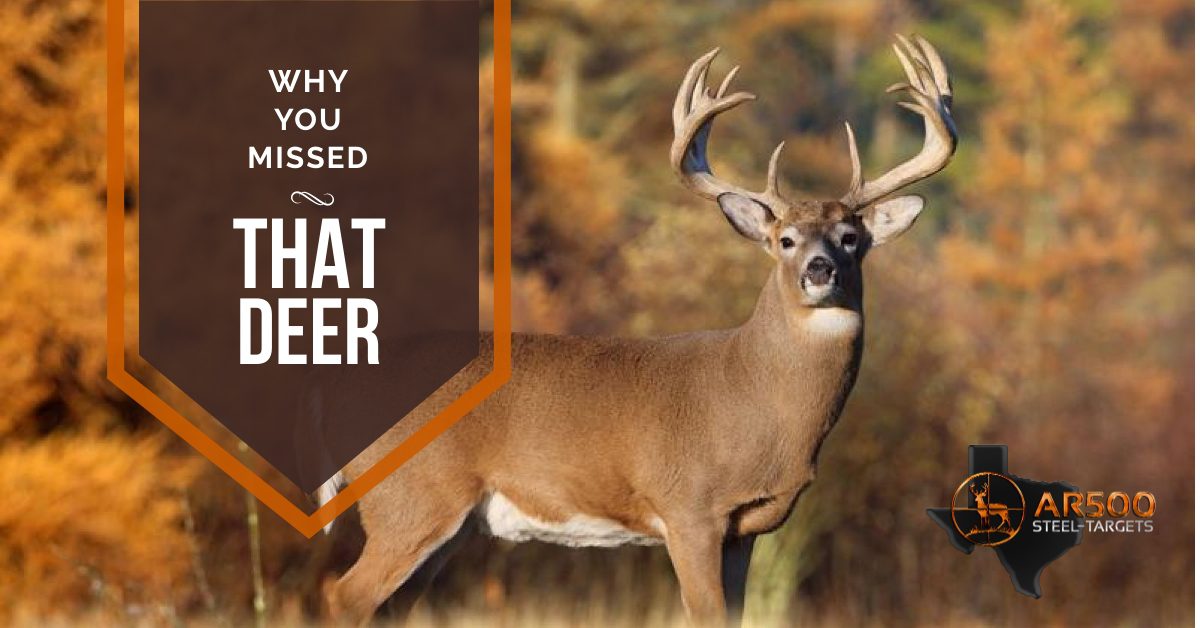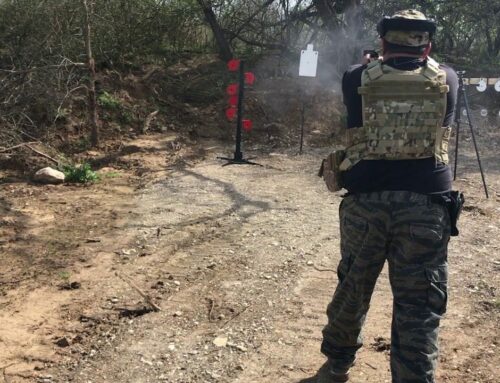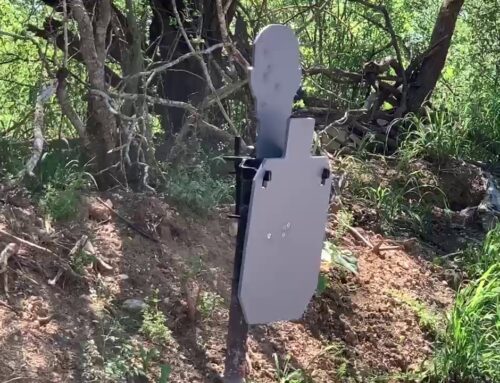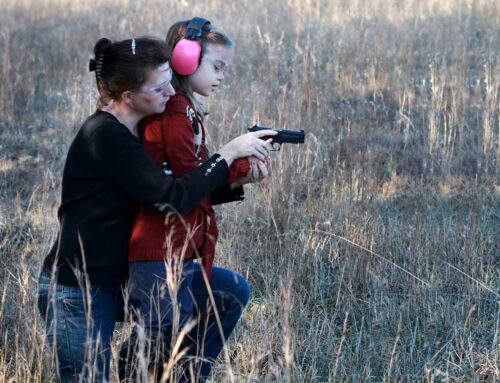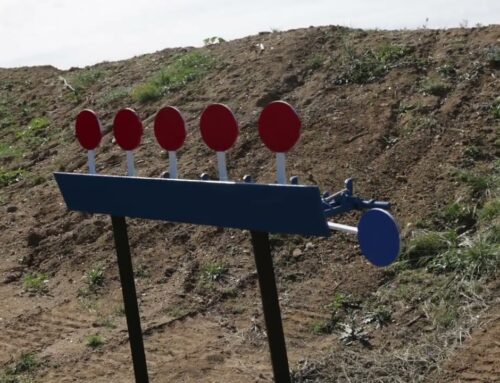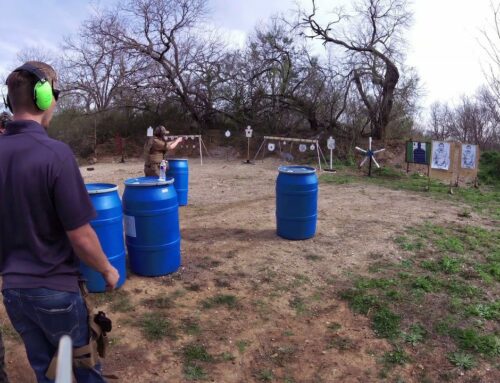Why You Missed That Deer
It’s opening morning. Your heart jumps as you spot a deer, but you’re cool, calm and collected. You carefully move your rifle into position. You place your crosshairs on the vital area and track the deer as he walks. Your safety comes off. He stops. You’re stable. You’re set. This deer is as good as yours. BANG! As the shot goes off, you lose sight of the deer in your scope. You look up to see him running his way through the woods as he disappears out of sight.
Success! You’re PUMPED. You suddenly remember to breathe again, unload your rifle, and after a few minutes, make your way over to the spot you shot your deer to begin your track. But as you walk up, suddenly your stomach drops. There’s no blood. You begin to walk in circles. You ask yourself “Was this the spot? I couldn’t have missed him!” But after 20 minutes of walking around in circles you finally accept the truth – YOU MISSED.
It can happen to the best of us, and it can be puzzling to analyze when everything seemed so perfect. In the next series of blogs, we’re going to discuss the two areas that account for the majority of missed shots – shooter error and equipment problems.
Marksmanship Errors
Without a doubt, the most likely reason you missed your deer was because of a marksmanship error. Conceptually, shooting is a simple task. Place your sights where they need to be and press the trigger without moving your sights. If you do this, you will hit your target every single time. This is called trigger control. Unfortunately, many hunters smash their trigger. It is not a recipe for a good shot.
You want to become intimately familiar with the trigger pull of your rifle. The best way to do this is through dry-fire. Carefully unload your gun, and triple check that it is unloaded. Make sure there is no live ammo in the room with you and pick a “safe wall” where a round would not harm anyone were the gun to discharge. Safety is paramount here.
Bring your finger to the trigger and just touch it. Don’t let it move at all – you just want to “index” your finger in this position so you know where the trigger is. Now slowly begin to add pressure. Some triggers will “creep,” some will move then grab again and then maybe move some more. Some triggers will not move at all. Keep adding pressure a little at a time, then a little more, then a little more, feeling every imperfection your trigger may have until suddenly – CLICK – the trigger breaks.
Reset your gun and do that again – and again – and again. As you press the trigger, concentrate on how your hand is holding the gun. Your trigger finger should be the only thing moving – your hand should not tighten or relax as your trigger finger moves. Your finger should be pulling (some people do better with the term “pressing” the trigger straight to the rear – putting no other muscular input into the gun.
Watch your sights as you do this and after your “shot.” This is called “follow through” and is as applicable to shooting as it is to throwing a football, swinging a golf club, or baseball bat. In dryfire, when your trigger breaks, your crosshairs should not move at all. When shooting live rounds, recoil will push you up and off target. Shooters should “ride the recoil,” staying on the gun and in the scope, driving the gun back to the target (or where it was standing), chambering another round and preparing for another shot if necessary.
Next time you’re at the range, watch other people shooting. It’s easy to pick out a shooter neglecting follow through. They’re the ones who pop their heads up off the gun immediately after a shot to look down range (as if they could see a hole in paper from 100 yards away!) Often, poor follow through, like poor trigger control, will result in a shooter moving the gun before the bullet leaves the end of the barrel.
To train follow through, be deliberate during dryfire or live fire. It’s almost as if for a moment, you are out of the game and just there for the ride. That’s ok. Relax. Stay on the gun for a second or two even if the deer has taken off running – then break your head from the rifle to track the deer. Now you can watch where the deer goes, how it is running, and re-engage if it stops.
Finally, taking a shot from an unstable platform will not help accuracy. Use whatever you can to brace and stabilize your position – a pack, a tree, a fence, your tree stand, shooting sticks, the window of your blind, anything you can use to stabilize your rifle. Avoid having objects contact the barrel directly – this can affect accuracy. Instead rest the stock on an object for support and don’t press too hard into them. Your sights will naturally move a little unless you are rock-solid steady. So long as you are holding your crosshair within the deer’s vitals, ignore the sight movement, and make a smooth, steady trigger press without disturbing the sights.

